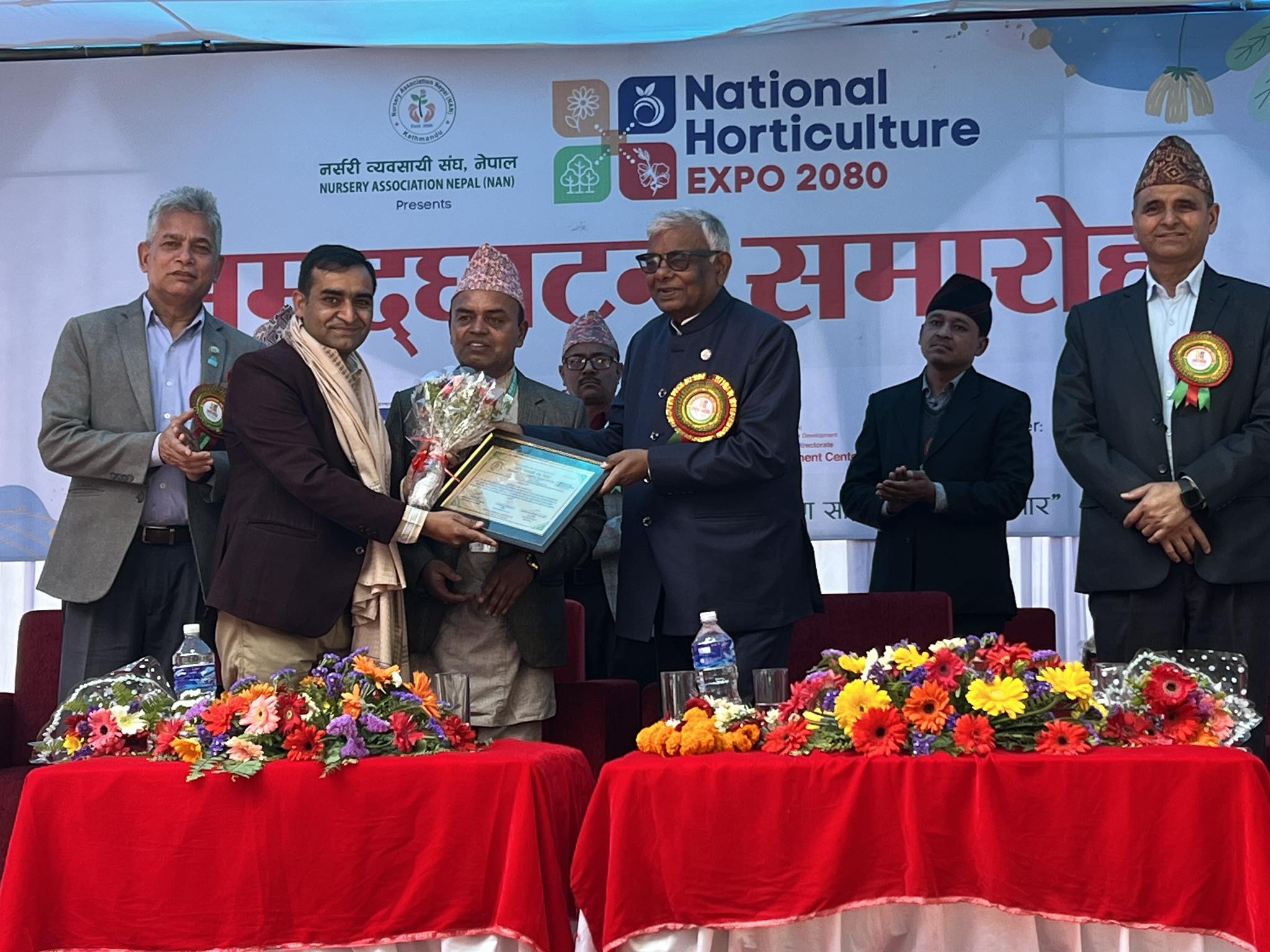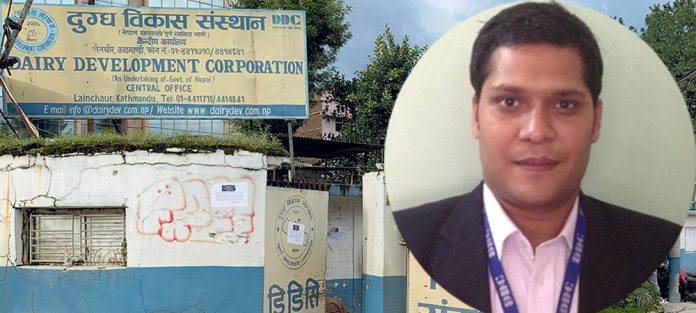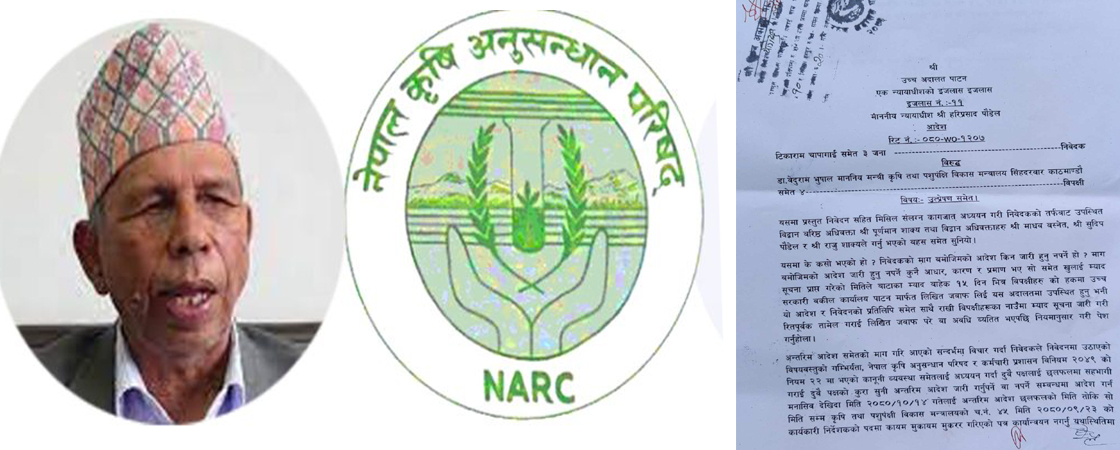Lalitpur– Review Meeting on Achievements of USAID support program in detection, prevention and containment of HPAI H5N1 in Nepal (2006-2014) was organized on 27 July 2016 in Lalitpur.
The review meeting was presided over by Dr Keshav Prasad Premy, Director-General of the Department of Livestock Services (DLS). Dr Dhanraj Ratala, Chairperson of Nepal Veterinary Council (NVC) and Nabin Hada, Project Development Specialist of USAID delivered the key note speeches in the meeting while Binod Saha, Assistant Representative of FAO Country Office, welcomed the participants of the meeting.
In the technical session of the meeting, Dr Vijaya Chandra Jha, Program Director of the Directorate of Animal Health under DLS, made presentation on Updates on Highly Pathogenic Avian Influenza (HPAI) situation, emerging issues and gaps envisaged in control and containment of HPAI and other zoonotic influenza in Nepal.
Dr Baikuntha Parajuli, National Project Director,Emergency Centre for Transboundary Animal Diseases (ECTAD), FAO Nepal presented a paper on Project’s support activities in HPAI control and containment during the period spanning from 2006 AD to 2014 AD.
In the technical sessions, the experts discussed the various aspects of preparedness to respond to the threats of Highly Pathogenic Avian Influenza (HPAI) in Nepal.
After the emergence of Highly Pathogenic Avian Influenza (HPAI) in Southeast Asia in 2003, Nepal started to recognize the threat posed by the disease. This was later followed by the need for high alert in the country as India reported its first HPAI cases in February 2006. The existence of open cross-border trade between India and Nepal further made the country more vulnerable. In addition, Nepal is located in major flyways of migratory birds. Given these situations, a possible threat of HPAI outbreak was looming ahead which could have disrupted the growing poultry industry in the country.
Nepal introduced some preparedness measures such as setting up of basic diagnostic and surveillance facilities, launching of awareness raising activities, formulation of contingency plan to cope with the threat.
Nepal initially benefitted to some extent by a regional FAO Technical Cooperation Project (TCP) on strengthening surveillance networks and laboratory diagnostic capacity and prevention of HPAI which was implemented by South Asian Association for Regional Cooperation (SAARC) in 2005. The project supported in the strengthening of technical capacities of Department of Livestock Services (DLS) through trainings and workshops on epidemiology and laboratory techniques and formulation of a ‘National Avian Influenza Pandemic preparedness and Response Plan’. This plan was further assisted by the World Banks’s Human Influenza Trust Fund (AHF) for the extension of technical assistance throughout the country.






Add Comment